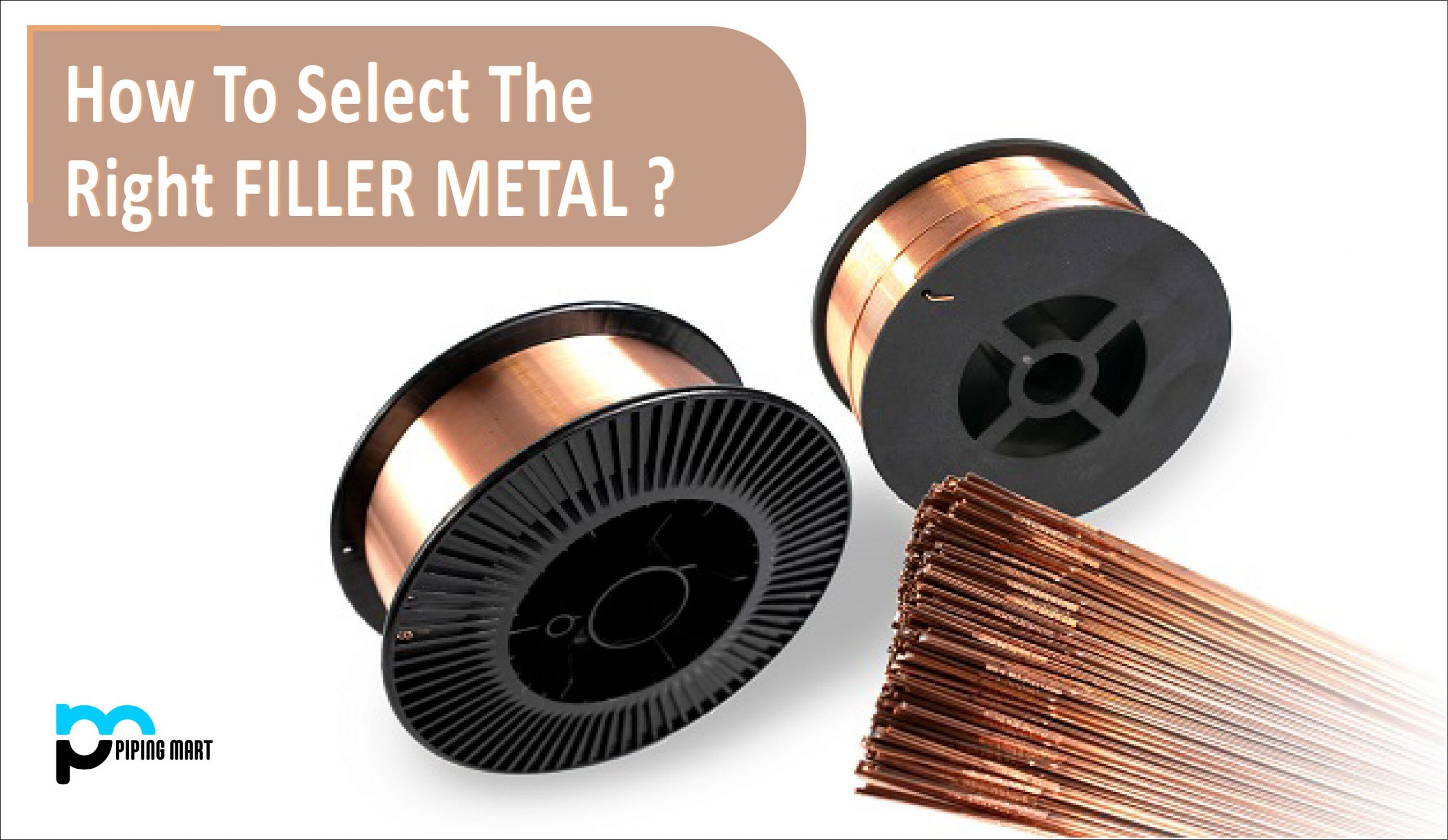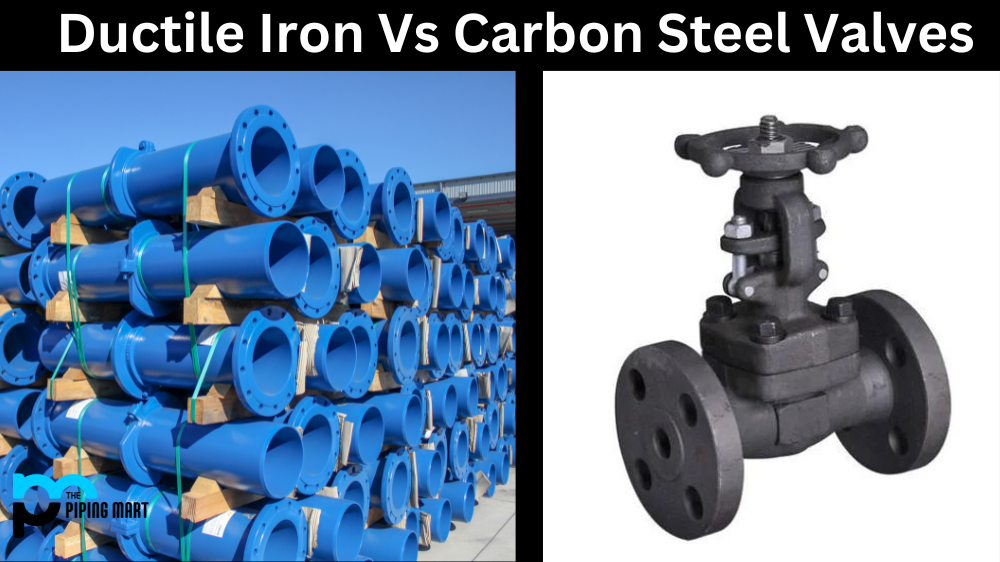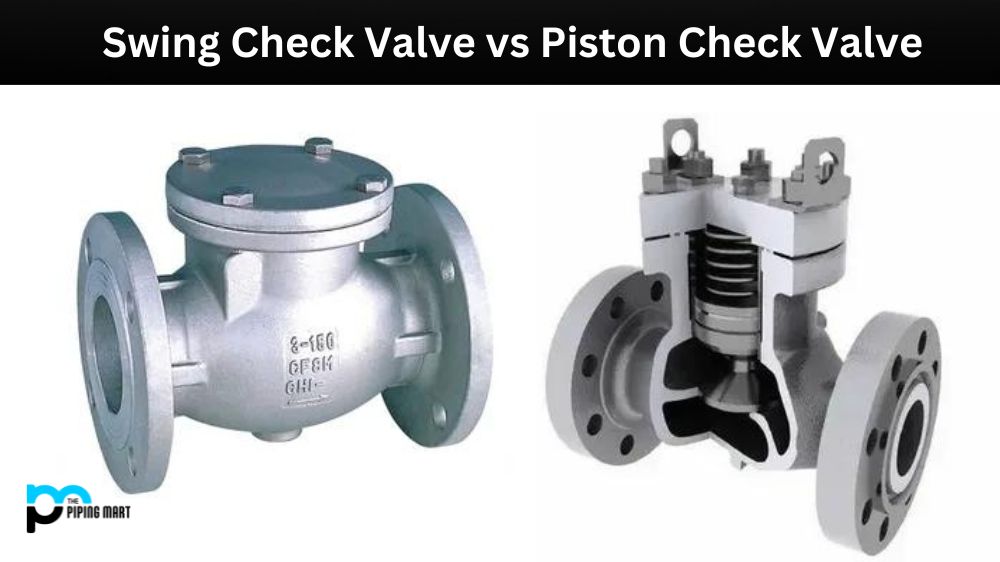When it comes to shaping metals, a few different methods can be used. Two of the most popular techniques are stamping and die casting. Both methods have their advantages, but they also come with certain drawbacks. Let’s take a closer look at how these two processes work and how they compare to one another.
Stamping Basics
In metal stamping, a sheet or coil of metal is placed between a punch and a die. The punch is then pressed into the metal with extreme force, shaping it into the desired form. This process is relatively quick and requires very little additional finishing work, making it an ideal choice for many applications. However, the shape that is produced by this method is limited by the size of the press being used. That means that complex shapes cannot be formed using this technique.
Die Casting Basics
The die-casting process uses high pressure to inject molten metal into a mould cavity to create a part with precise dimensions and details that would otherwise be difficult or impossible to achieve using traditional methods such as machining or stamping. Die casting offers repeatability and accuracy that are unmatched by other manufacturing processes while also providing excellent surface finish quality at a comparatively low cost per unit when compared to other production methods. However, due to the nature of this process, it tends to be more expensive than stamping overall since it requires more steps and equipment. Additionally, die casting involves greater lead times due to tooling setup requirements before production begins, which can add cost as well as time delays in the delivery of parts if needed urgently.
Difference Between Stamping and Die Casting
Advantages of Stamping
One advantage of stamping is that it can be used to create parts with very thin walls. This makes stamping ideal for creating parts that need to be lightweight but strong, such as car body panels. Additionally, stamping is a relatively quick and inexpensive process, making it ideal for mass production.
Advantages of Die Casting
One advantage of die casting is that it can be used to create parts with very intricate shapes. This makes die casting ideal for creating parts that need to have precise dimensions, such as engine blocks and gear housings. Additionally, die casting produces parts that have a smooth surface finish.
Disadvantages of Stamping
One disadvantage of stamping is that it can only be used to create parts with simple shapes. Additionally, stamping typically produces parts with rough surface finishes.
Disadvantages of Die Casting
One disadvantage of die casting is that it is a relatively expensive process. Additionally, die casting typically has longer lead times than stamping.
Conclusion
When deciding which technique is best suited for your project, there are a few factors you will need to consider, including cost, lead times, the complexity of shape required, quantity needed and surface finish desired, among others depending on specific requirements for your application! Stamping offers quick turnaround times at lower costs, while die casting allows for greater complexity in shape but at higher costs with longer lead times, so understanding what your needs are ahead of time will help you make the right decision for your next project! Ultimately both stamping and die casting provide great options for producing parts from metals, but each has its own set of pros and cons, so make sure you understand all aspects before making a final decision on which process will work best for you!
Meet Heer, a dynamic and driven writer learning tricks of her trade in the metal industry. With a background in Digital Marketing, Heer brings a unique perspective to her writing, sharing valuable insights. Apart from blogging she like reading and hiking.




